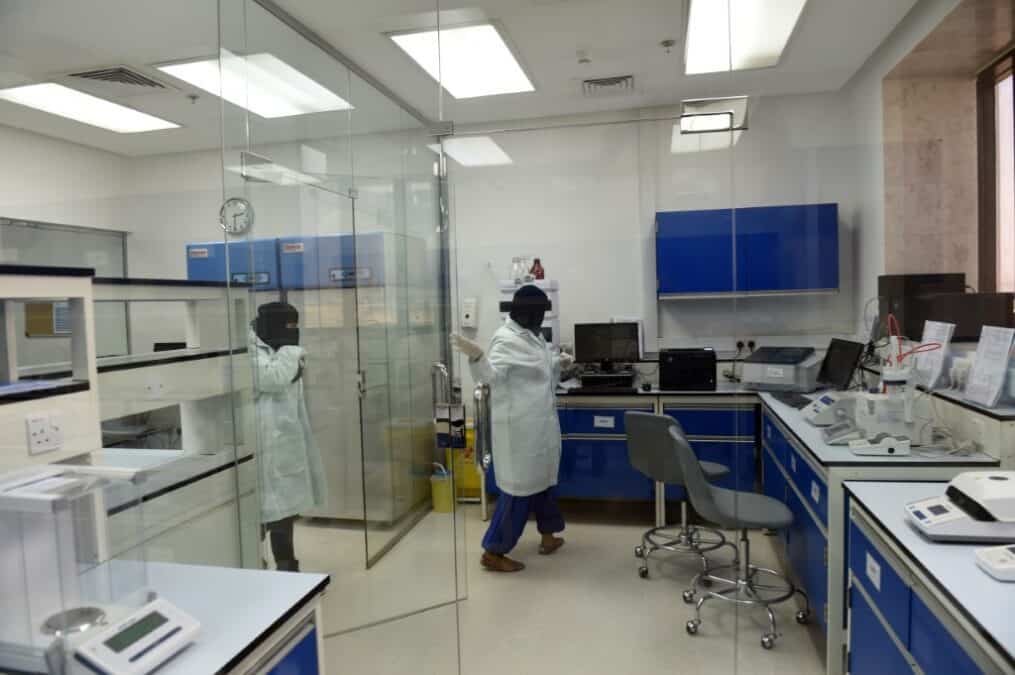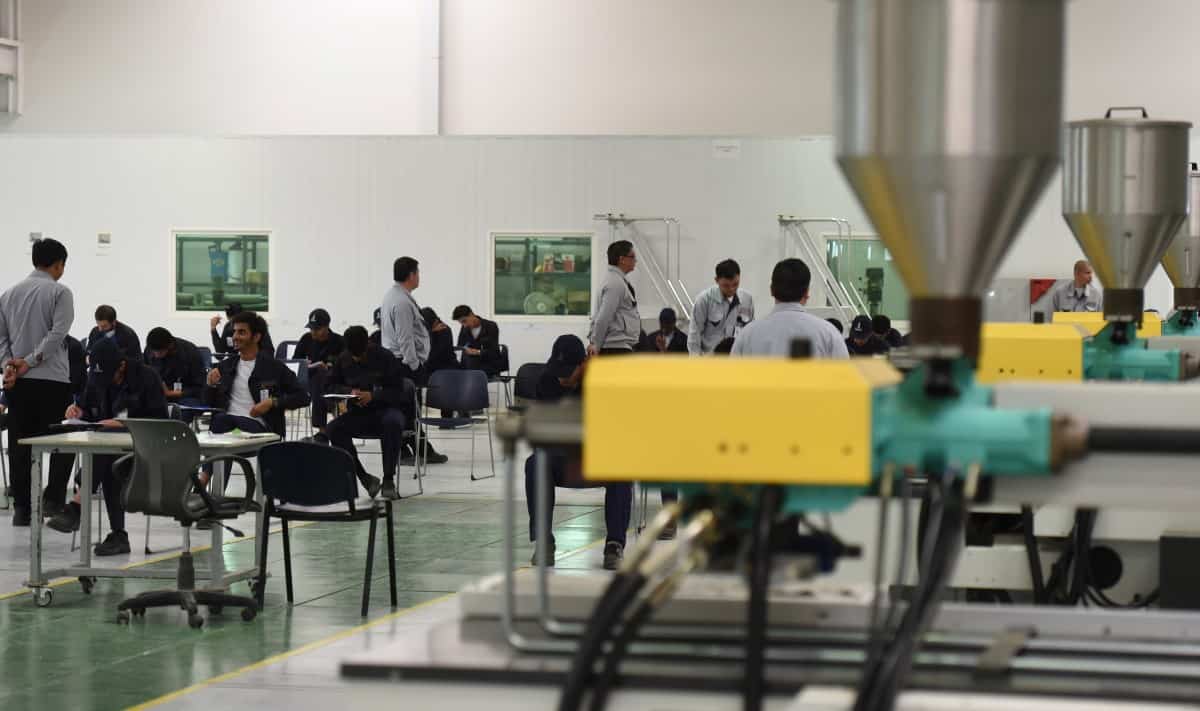RIYADH, SAUDI ARABIA — The Saudi government continues to implement ambitious plans to combat unemployment in the Kingdom, many years after it was rampant with peak rates approaching 13 percent.
Since the launch of Vision 2030 economic reforms, the country has significantly reduced unemployment rates through measures that heavily rely on localizing jobs and activating private-sector employment for Saudis.
The government’s plan to combat unemployment is based on a gradual decrease in its rate. The unemployment rate reached 12.9 percent between 2016 and 2018. However, it experienced a significant decline in subsequent years, reaching 11 percent in Q4 2021, according to official data.
The most recent data released by the General Authority of Statistics in the Kingdom on March 30, 2023, indicate that the unemployment rate among Saudis fell to 8 percent in Q4 of 2022. This number decreased from 9.9 percent in the previous quarter (Q3 2022), while the Saudi labor force participation rate remained stable at 52.5 percent. Thus, the unemployment rate in the Kingdom has reached its lowest point since data recording began in 1999.
Moreover, the unemployment rate for Saudi women decreased to 15.4 percent in Q4 2022 from 20.5 percent in Q3 2022. The General Authority for Statistics stated that the unemployment rate for the entire country, including Saudis and non-Saudis, decreased to 4.8 percent in Q4 2022 from 5.2 percent in Q4 2021.
Saudization drive
The remarkable decline in the unemployment rate in the Kingdom is attributable to the government’s effective programs, such as the localization of several professions in various economic sectors under the Saudization program, which led to significant results contributing to the lowest decline since 1999.
The government also worked to support programs that help businesses and protect jobs, which helped citizens keep their jobs, as well as the Wage Protection Program.
The ambitious economic agenda known as Vision 2030, led by Saudi Crown Prince Mohammed bin Salman, places a significant emphasis on job creation, particularly among Saudi nationals, more than 60 percent of whom are under 35. The vision outlined as one of its strategic goals is reducing the unemployment rate in Saudi society to 7 percent.
Bin Salman stated, “The plans adopted by Vision 2030 will prepare the Saudi worker or employee to enter the labor market.” He emphasized that the government has worked to establish partnerships with private-sector institutions and businesses, in addition to the companies that will be established based on the vision, which will be owned at a high rate by the government, as all plans will play a clear role in creating job opportunities.
Regarding human capital and investment, the vision developed a strategy for training and qualifying Saudis to compete in the labor market and connecting educational outcomes to market needs. He noted that the mining sector, which the Kingdom has prioritized in recent years, contributes to 90,000 job opportunities. According to his statements, the vision aims to provide one million job opportunities to hire trained and qualified young people.

Mufrej Al-Haqbani, the former Saudi Minister of Labor, stated previously that the Saudi vision includes important content, programs, and projects to achieve well-being for the citizens of this country. It also inaugurates an essential historical stage in which the Kingdom will transform into a diversified economy that invests in development opportunities in all areas and reduces unemployment.
He emphasized that the Saudi government has worked over the years to organize and develop the labor market in a way that effectively and vitally contributes to finding value-added job opportunities for Saudi male and female youth. According to Al-Haqbani, the government has also stimulated the private sector through strategic partnerships to localize jobs by supporting training, qualification, and development paths and programs.
“The target number for reducing unemployment in Saudi Arabia has been set based on economic development plans, which makes it achievable by 2030,” says Abdul Rahman Al-Rashed, a member of the Saudi Shura Council and head of the Council’s Economy and Energy Committee. “Achieving this goal comes through two main elements,” Al-Rashed added. “The first is achieving economic development, which creates more job opportunities for Saudi youth.” He emphasized that the other component is increasing women’s participation in development, labor market participation, and expanding areas that provide job opportunities for women.
Stumbling block
On the other hand, the Kingdom’s plans to reduce unemployment and localize jobs have collided with the need for more local cadres with the necessary capabilities and skills, hampering the localization of many industrial and service sectors. In a serious attempt to remove this impediment, the Saudi Ministry of Human Resources and Social Development announced on July 14, 2022, that it has agreed with a specialized house of expertise to study the wage and job and social benefits gap between Saudi and expatriate workers, its causes, and the expected impact.
The ministry has also completed a study to anticipate supply and demand in the labor market, which aims to establish a national unit concerned with this and identify future specializations and skills needed for the labor market. This unit will be a resource for all government agencies in determining the labor market’s future needs and training and equipping the national cadres required to meet the demands.
Undoubtedly, the global economic crisis has prompted Saudi Arabia to step up its efforts to reduce local unemployment and increase job localization. Localizing jobs in many vital sectors, at rates of up to 100 percent or 95 percent, is one of the most essential steps Saudi Arabia takes to reduce unemployment.








